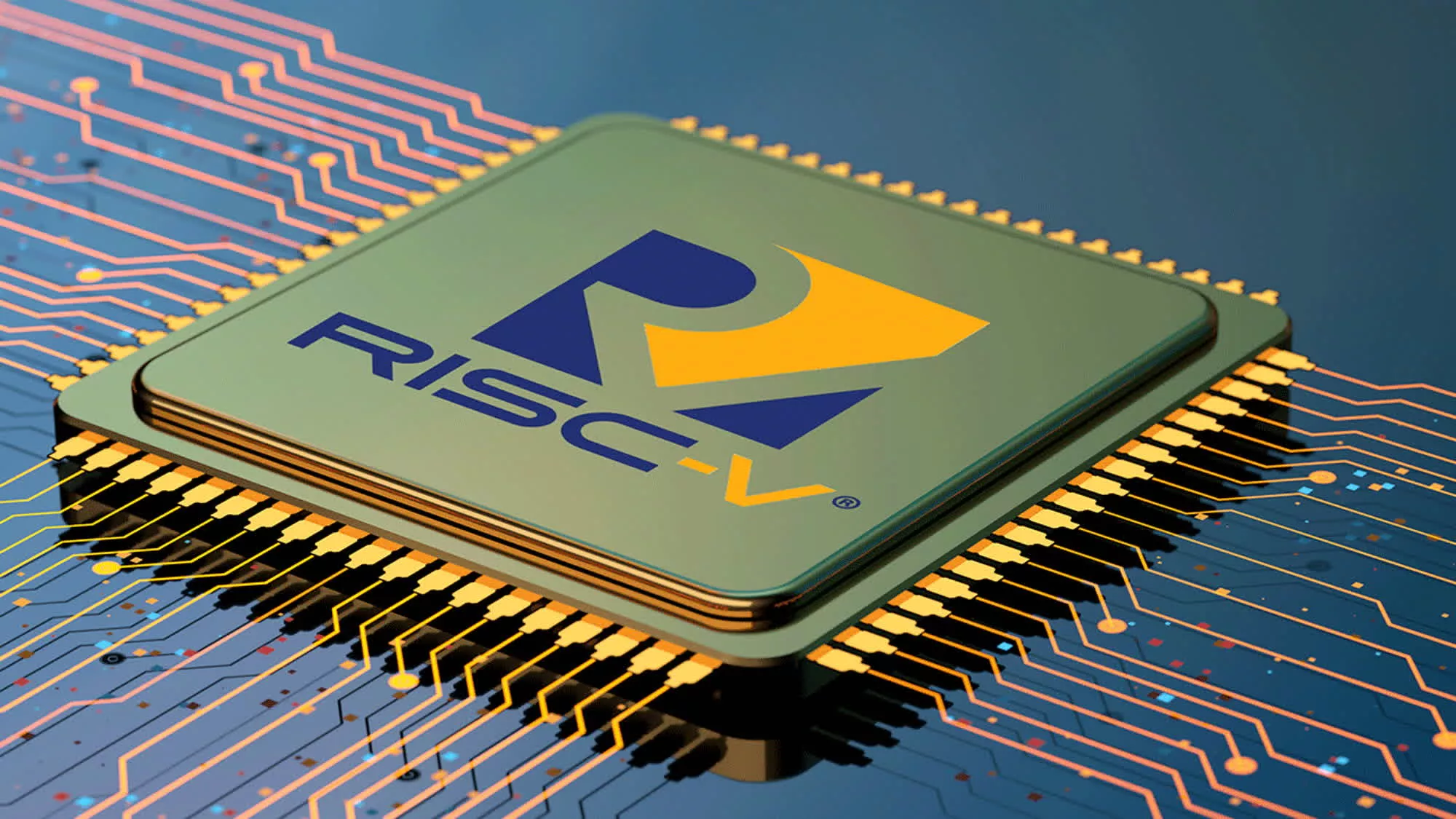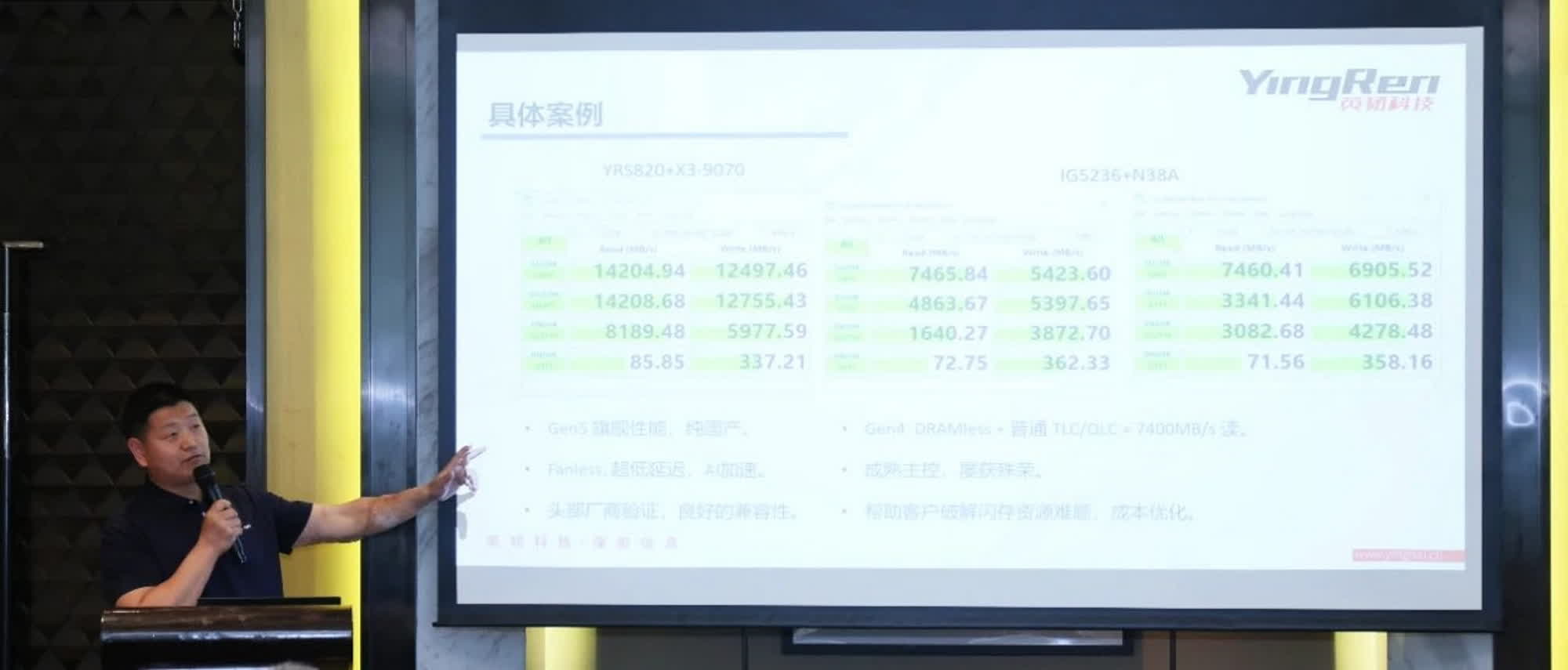A hot potato: Many PCIe 5.0 SSDs currently on sale provide extremely high transfer rates compared to previous generations, however they all appear to require an often-cumbersome cooling solution to avoid throttling. The RISC-V open instruction set architecture (ISA) could arrive to help and end this hotly debated issue.

Major tech companies have invested in promoting RISC-V, a royalty-free ISA that could theoretically power everything from automotive solutions to smartwatches, or even next-generation phones. Some storage hardware manufacturers already employ RISC-V in fast SSDs. However, China-based Yingren Technology is one of the first to use the open ISA exclusively to power its latest SSD controller.
The manufacturer recently introduced the YRS820 chip, a controller for PCIe 5.0 SSDs based on an all-RISC-V design. The chip provides a read speed of up to 14 GB/s and a write speed of up to 12 GB/s. The YRS820 doesn't need an active cooling solution and is the consumer-grade version of Yingren's controller designed for data center applications (YRS900).
Both versions have the same read/write speeds, so it's unclear how they differ besides on how they are marketed. The transfer rate for a typical, four-lane PCIe 5 solid-state drive is around 16 GB/s, which means that the new controller comes close to the theoretical limit of the latest NVMe storage tech.

Yingren's demo is impressive, considering that the controller is almost on par with the leading solutions already on the market. The Phison E26 controller uses four Arm Cortex-R5 cores and a single RISC-V AndesCore N25F core, reaching 14.5 GB/s and 12.7 GB/s in reading and writing speeds (available on the Crucial T705 SSD).
However, Phison E26-powered SSDs need passive or even active, fan-based cooling solutions to achieve those speeds, while the YRS820 chip can seemingly come pretty close to the same data transfer values within a "fanless" SSD design.
Even better, the unit can provide higher transfer rate levels (2,667MT/s) compared to Phison's E26 (2,400MT/s), with larger storage capacities (8TB vs 4TB). The RISC V-based YRS820 controller could be an enticing alternative for consumer SSD manufacturers, but Yingren and other smaller companies are arriving somewhat late to the PCIe 5 game.
Challenging Phison's leadership in the market will not be easy, as the company is already developing a new, low-power controller (E31T) that can reach read and write speeds of up to 10.8 GB/s.
https://www.techspot.com/news/102413-latest-risc-v-controller-provides-14gbs-transfers-without.html